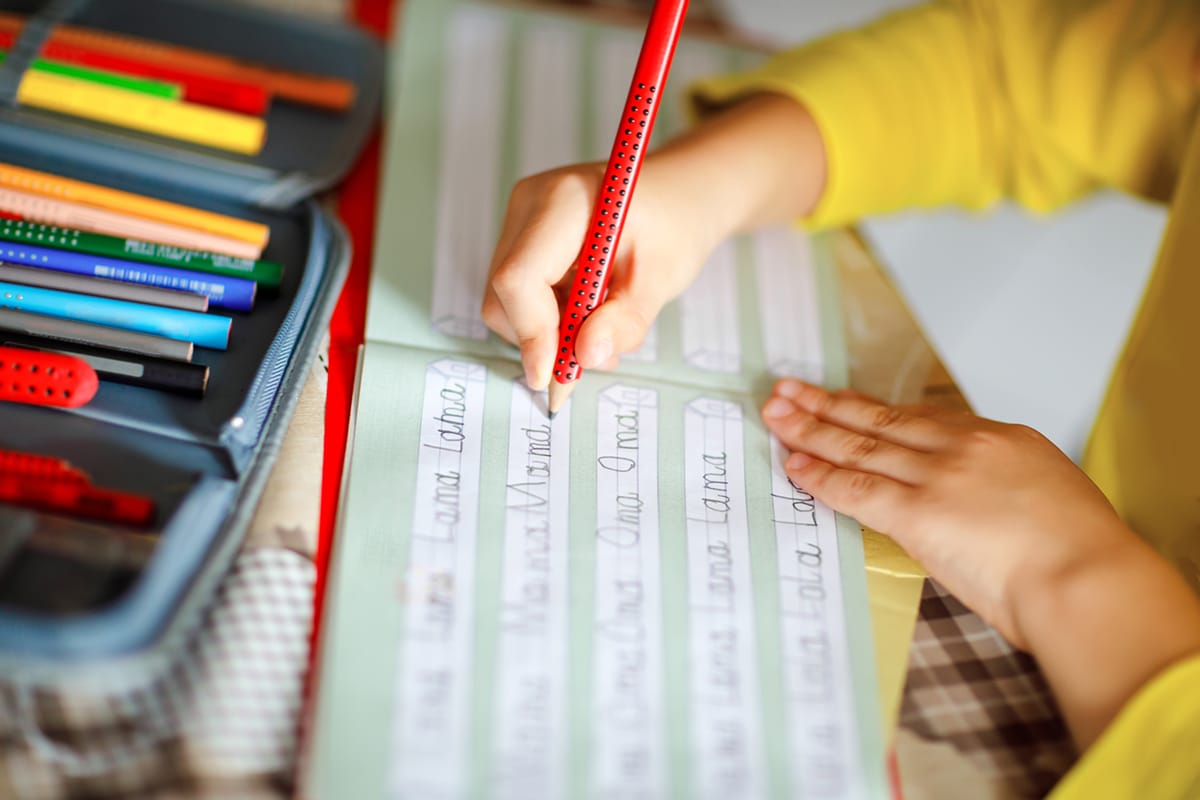Dyslexia can indeed present learning challenges that may make it harder for dyslexic students to master reading and language skills, but many dyslexic students also have certain strengths that help them thrive in this unprecedented environment of distance learning. Teachers and parents who recognize these assets can encourage dyslexic students to translate these skills back into the classroom in the future. Read below to learn more about some of the unique strengths dyslexic students can bring to distance learning.
Our Blog
Important Signs of Dyslexia in Elementary School Students
As every child is unique and learns in a different way, it may be difficult for parents and teachers to tell if a child has a learning difference, like dyslexia, or if they just need to be taught in an individualized way. Parents and teachers in elementary schools must recognize the important signs of dyslexia so that students don’t fall behind in essential milestones like reading and writing. Read below to learn about some of the common signs of dyslexia in elementary school students and what to do if your child exhibits these signs.
Dyslexia Definitions: Explaining 10 Important Terms Parents Should Know
As the parent of a child with a learning difference, there is always something new to learn, whether it is a recent law ensuring your child’s rights in the classroom or a new successful teaching approach. Dyslexia is no different, as this learning difference seems to come with a dictionary’s worth of words and phrases that may seem confusing to parents. ReadSource is here to translate. Read below to learn about some of the most essential terms parents and teachers should know about dyslexia.
How to Make Distance Learning Work for Teachers and Students
For many educators, teaching through a computer screen is not what they imagined when they entered this profession. However, the circumstances surrounding the coronavirus pandemic have forced teachers across the world to implement distance learning strategies that, for many, will be in place for the remainder of the school year. Transitioning to distance learning is certainly a challenge for all educators, but teachers who work with dyslexic students may find this time especially difficult. Countless teaching strategies for dyslexia emphasize the importance of multisensory, individualized learning, which may seem impossible to implement without being in the classroom. We understand. ReadSource is here for educators who are navigating this unfamiliar territory and trying to make distance learning work for themselves and their students.
How to Create a Dyslexia-Friendly Learning Environment at Home
Families across the globe are dealing with an unprecedented situation as schools, offices, and local businesses are closed for the foreseeable future to keep everyone safe from the coronavirus. These precautions mean educators, parents, and students are adjusting to a distance learning environment where students can learn from home. While some students may be able to make this transition smoothly, students with learning differences like dyslexia may have a harder time succeeding in this new educational environment. ReadSource is here to help parents, educators, and students by providing a few tips on how to create a dyslexia-friendly learning environment at home.
Top Teaching Strategies for Students with Dyslexia
Every teacher works hard to establish a classroom environment that’s conducive to helping all students learn most effectively. As this is easier said than done, educators must plan and teach intentionally to ensure that students with learning differences feel comfortable in the classroom. Whether you are a teacher learning how to help students with dyslexia or are a parent wondering how to help a child with dyslexia at home, ReadSource is here to provide information on some of the best teaching strategies for students with dyslexia.
Signs of Dyslexia: Phonemic Awareness and Reading Skills Red Flags
It can be difficult to identify signs of dyslexia in children, especially before they spend significant hours of their day in a controlled educational environment, such as a classroom. However, parents and teachers should stay aware of certain red flags to help identify a potential learning challenge like dyslexia. Although a dyslexia diagnosis must be made by an educational psychologist or another medical professional, ReadSource has compiled a list of some of our red flags and potential signs of dyslexia. Read below to learn more about phonemic awareness, essential reading skills, and signs of dyslexia in children.
4 Benefits of the Orton-Gillingham Approach
The Orton-Gillingham Approach is not a new program, but there’s a reason this approach to learning has been widely used and validated in classrooms for over 80 years. The Orton-Gillingham Approach is a tool that empowers instructors as they develop a structured, individualized, and multisensory plan to teach reading and language skills that is especially beneficial for students with dyslexia. Learn more about some of the unique benefits of the Orton-Gillingham Approach to reading and how educators and tutors may be able to implement these strategies into their classroom.
Frequently Asked Questions About the Orton-Gillingham Approach
Although Orton-Gillingham is used in classrooms across the country, there are still questions surrounding this teaching approach and why it is used in interventions for dyslexia. Whether you teach students with dyslexia using Orton-Gillingham or are the parent of a child with dyslexia, it can’t hurt to learn more about this effective teaching approach. Read below to learn more about the Orton-Gillingham Approach and how it can be implemented in a dyslexia program in a classroom or at home.
Understanding Dyslexia: 5 Things You May Not Know
Although nearly 20% of the United States population has dyslexia, this learning disability is still surprisingly misunderstood. Dyslexia is not a disease that needs to be cured, however, research-based tools like the Orton-Gillingham Approach are designed to expand dyslexic student’s abilities. Read below to discover five things you may not know about dyslexia and expand your understanding of this unique learning challenge.
















